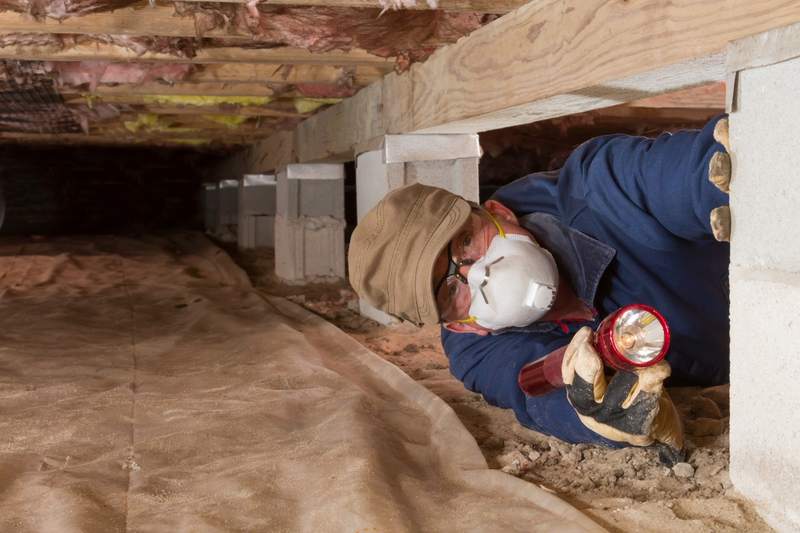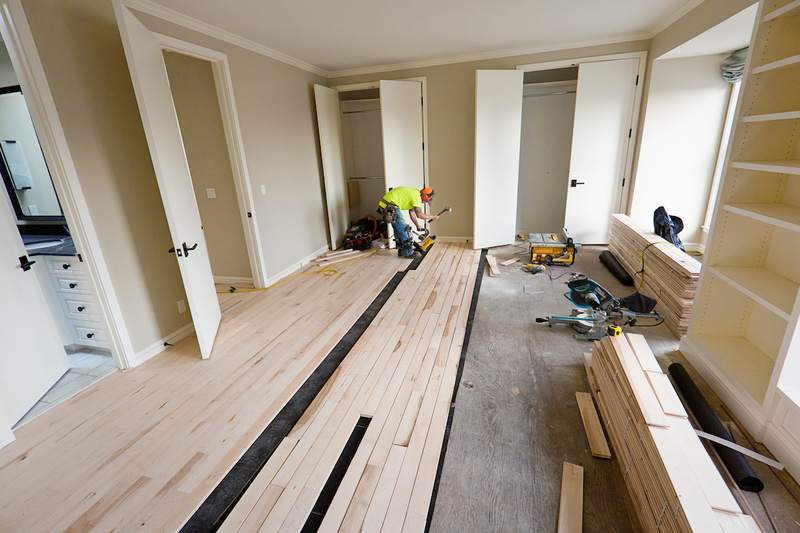
Negotiation is part of the homebuying process. The listing price of the home is simply the amount that the seller hopes to get for it — but how much you end up paying will depend on your negotiation skills.
While the purchase price is one factor up for negotiation, there are other details that can be negotiated to your benefit. However, how much you are able to negotiate depends on several factors, including market conditions and how long the home has been listed.
Why Is Negotiating Important?
If you’re a first-time homebuyer, the idea of negotiating with a seller may seem daunting. However, the seller likely expects to negotiate — and there are several ways you stand to benefit from doing so.
To reduce your closing costs
One way to negotiate is to ask the seller to cover part of your closing costs. Closing costs range from 2% to 5% of the total purchase price of the home. While the buyer typically is responsible for paying their own closing costs, you can ask the seller to cover some of these costs if you’re in a buyer’s market.
To set a favorable closing timeline
If you can be flexible about your closing and move-in dates, it may make a difference to a seller who has a deadline in mind. If you’re the one with a strict closing timeline in mind, then you may be able to negotiate a timeline that matches your schedule.
To establish contingencies
Contingencies in a real estate contract are conditions that must be met for the deal to go through. If contingencies listed in the purchase and sale agreement are unmet, the buyer can back out of buying a house without penalty. If you cancel the deal for a reason not covered by a contingency, then you would likely forfeit your earnest money deposit and could be liable for breach of contract.
Some common contingencies include:
- Home inspection contingency. If the home inspection reveals functional or safety problems with the home, the buyer can back out without penalty.
- Home appraisal contingency. If the home appraisal value of the home is lower than the purchase price, the buyer can walk away because a mortgage lender won’t approve a mortgage for more than the home is worth.
- Mortgage or financing contingency. If the buyer is unable to secure a home loan, then the deal can be canceled.
- Home sale contingency. If you already own a home, you likely need to sell it to afford to buy your next one. If you’re unable to sell your current home, this contingency lets you walk away from a purchase without losing your earnest money.
- Title contingency. If the title search reveals past claims or liens against the property, then you can cancel the deal.
It’s easier in a buyer’s market to add contingencies the seller will accept. If it’s a seller’s market — where demand is higher than the supply of homes available — then sellers may prefer offers that waive contingencies.
To secure a home warranty
A home warranty is an insurance policy that covers repairs for the major systems in the home, such as electrical and plumbing, as well as most appliances. In a buyer’s market, you may be able to get the seller to pay for a home warranty so you won’t face expensive repairs right after you move in. A typical home warranty is valid for up to a year, but you can pay more for extended coverage.
To include appliances or furniture in the sale
You can ask the seller to include household items as part of the deal. The seller may decline if they plan on taking those items with them. But there’s also the chance the seller was going to get rid of them anyway, and adding them to the sale is a plus.
To compensate for necessary repairs
If the seller won’t fix any issues with the home before you close the sale, the cost of repairs will fall on you. However, you also could ask the seller to make repairs as a part of a contingency in the deal. Perhaps the roof needs to be replaced, or there’s water damage in the basement. Even if they are unwilling to have the repairs completed by closing day, they may be willing to cover the cost.
How Much Can You Negotiate?
What you can negotiate depends on market conditions and how long the home has been listed.
If it’s a buyer’s market where demand is low and supply is high, you’ll have the upper hand and a seller is more likely to accept an offer below the listing price. If it’s a seller’s market where demand is high and supply is low, you’re going to need to make a competitive offer. This means you may not be able to include all the contingencies on your wish list.
When should I offer more?
You may need to make an offer that’s above the listing price if it’s a seller’s market.
When can I offer less?
If it’s a seller’s market and the home has been listed for a while, a seller may accept an offer that’s less than the listing price just to close a sale. Under these circumstances, a seller might consider an offer that’s as much as 10% under the asking price. You also can get away with making a lower offer if the home needs repairs or is a bit of a fixer-upper.
What’s a reasonable offer?
You want to get a good deal, but you don’t want to insult the seller by offering too little. Here are some ranges to give you a better idea of what’s a reasonable offer:
- Less than 10% below asking price. The home is in decent condition and needs some basic repairs. By not going too far below the asking price, you increase the odds that your offer will be accepted.
- 10% to 20% below asking price. The home needs some larger repairs or renovations, such as flooring or roofing. If you document roughly what these costs will come out to be, it can help you justify a lower offer to the seller.
- 20% below asking price. The property is in poor condition and will need extensive renovations.
Anything below 20% of the asking price would be considered unreasonable.
Here’s a reasonable offer chart to show you what this will look like at different listing prices:
Reasonable Offer Chart
| Listing Price | 5% Below (Reasonable) | 10% Below (Reasonable) | 15% Below (Reasonable) | 20% Below (Reasonable) | 25% Below (Unreasonable) | 30% Below (Unreasonable) |
| $600,000 | $570,000 | $540,000 | $510,000 | $480,000 | $450,000 | $420,000 |
| $550,000 | $522,500 | $495,000 | $467,500 | $440,000 | $412,500 | $385,000 |
| $500,000 | $475,000 | $450,000 | $425,000 | $400,000 | $375,000 | $350,000 |
| $450,000 | $427,500 | $405,000 | $382,500 | $360,000 | $337,500 | $315,000 |
| $400,000 | $380,000 | $360,000 | $340,000 | $320,000 | $300,000 | $280,000 |
FAQ
Here are answers to some common questions about negotiating the purchase price of a home.











